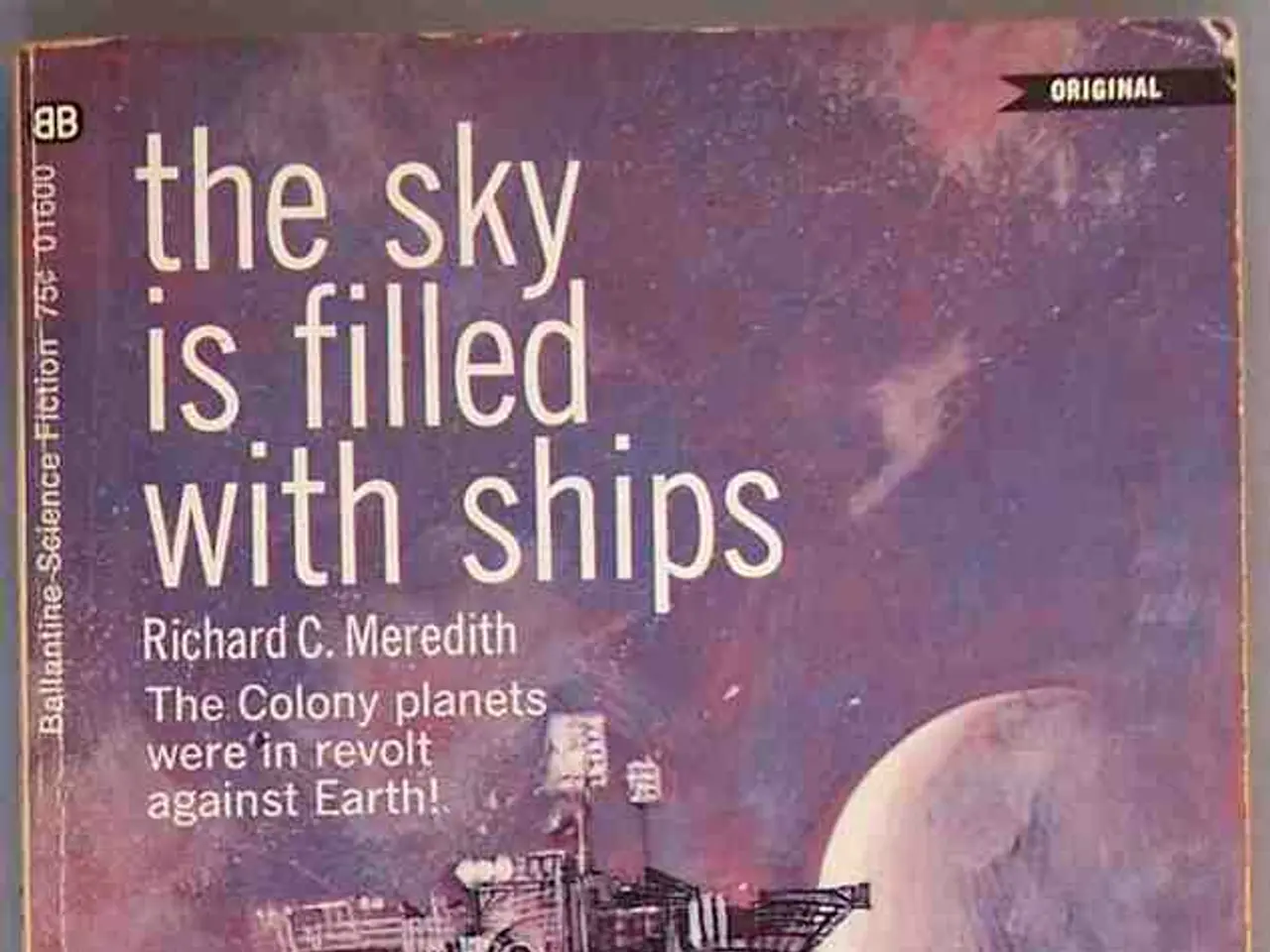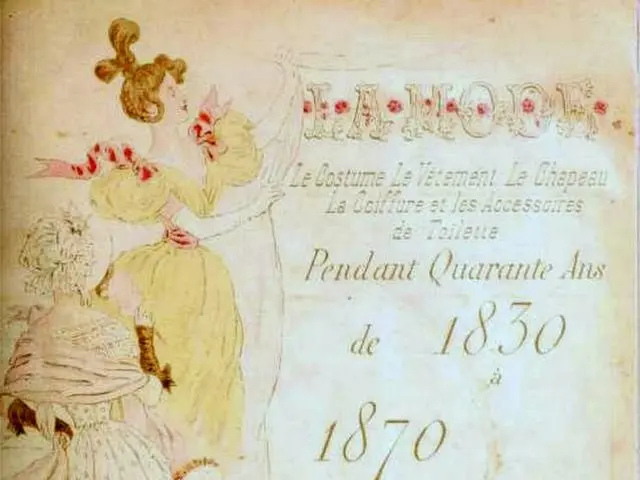Initially estimated stars may not have been equally gargantuan as scientists had previously presumed.
In a groundbreaking development, two studies published in July 2025 suggest that the first population of stars in the universe could have included lower-mass stars. These findings, if confirmed, could revolutionise our understanding of the cosmos.
In a study led by physicist Florian Grussie at the Max Planck Institute for Nuclear Physics, the researchers demonstrated that the first molecule to form in the universe, helium hydride (HeH+), could have been more abundant in the early universe than previously thought. This molecule, it turns out, plays a crucial role in cooling gas at low temperatures, allowing for the formation of lower-mass stars.
The process involves a catalyst that may surprise chemistry teachers. Helium hydride reacts with hydrogen deuteride to form H2, acting as a coolant and releasing heat in the form of light. This reaction could have allowed smaller clouds to cool faster and collapse to form lower-mass stars.
Meanwhile, another study, an independent laboratory experiment, demonstrated how molecular hydrogen, a molecule essential for star formation, may have formed earlier and in larger abundances. This study, led by astrophysicist Ke-Jung Chen at the Academia Sinica Institute of Astronomy and Astrophysics, used a detailed computer simulation to model how gas in the early universe may have flowed.
If lower-mass stars did form in the early universe, they may still exist for astronomers to observe. However, finding them is no easy task due to their low luminosities, making them extremely faint. Despite this challenge, the team's model demonstrated that turbulence in giant collapsing gas clouds can form lower-mass cloud fragments from which lower-mass stars condense.
It's important to note that the first stars formed around the Big Bang were initially composed of pure hydrogen and helium. These were massive, hundreds to thousands of times the mass of the Sun and millions of times more luminous. They had short lives and ended in supernovae, which should have prevented them from forming planets.
Several observational studies have recently reported possible detections, but none are yet confirmed with high confidence. If low-mass stars do exist, they would provide valuable insights into the early universe and the conditions under which stars and planets can form.
Luke Keller, a Professor of Physics and Astronomy at Ithaca College, emphasises the importance of these findings. "These studies open up a new avenue for understanding the early universe," he says. "If we can confirm the existence of lower-mass stars, it will significantly expand our knowledge of cosmic history."
As researchers continue to explore these new findings, we can look forward to a deeper understanding of the universe's origins and the possibility of discovering new worlds.
Read also:
- Peptide YY (PYY): Exploring its Role in Appetite Suppression, Intestinal Health, and Cognitive Links
- Toddler Health: Rotavirus Signs, Origins, and Potential Complications
- Digestive issues and heart discomfort: Root causes and associated health conditions
- House Infernos: Deadly Hazards Surpassing the Flames








